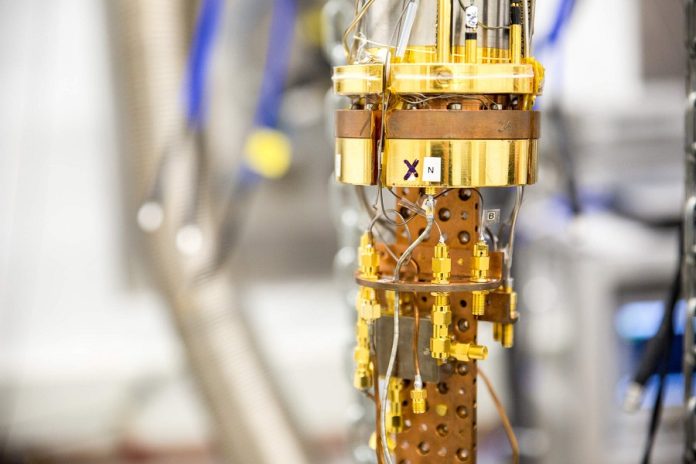
A crystal’s beauty comes from how perfectly its atoms line up in space.
In 2012, Nobel Prize–winning physicist Frank Wilczek wondered—what if something could form a similar pattern, but through time instead of space?
He called this strange idea a time crystal. Unlike ordinary materials, a time crystal never truly rests.
Even in its lowest energy state, it keeps moving and repeating itself endlessly—without needing extra energy.
Scientists proved these mysterious structures could exist in 2016, and now researchers in Finland have taken the next big step.
At Aalto University, physicists have successfully connected a time crystal to another physical system for the first time.
This breakthrough, led by Jere Mäkinen from the Department of Applied Physics, could pave the way for powerful quantum computers and super-sensitive sensors.
The study was published in Nature Communications.
Creating a time crystal is no simple task. The team used helium-3, a rare form of helium cooled almost to absolute zero.
They pumped magnons—tiny quantum vibrations that behave like particles—into the superfluid using radio waves.
When the radio waves stopped, the magnons organized themselves into a time crystal that kept oscillating on its own for several minutes, performing 108 cycles before slowly fading.
As it weakened, the crystal unexpectedly linked itself to a nearby mechanical oscillator, a tiny vibrating system.
The researchers found that the time crystal’s rhythm and the oscillator’s motion began to influence each other—similar to how light interacts with mirrors in advanced laser detectors, such as those used in gravitational wave observatories.
This connection is a major milestone because, until now, time crystals had to remain isolated—any external interference would destroy them.
“We showed that you can connect a time crystal to another system and even adjust its properties,” says Mäkinen.
The discovery opens exciting possibilities. Because time crystals remain stable and coherent far longer than current quantum systems, they could serve as ultra-stable memory for quantum computers or as frequency references in precision measurement tools.
In the long run, they might become the heart of technologies that blend physics and computation in ways once thought impossible—pushing quantum devices closer to everyday reality.



